Ayurveda, emphasizes the profound impact of food choices on achieving optimal health and well-being. One of the core pillars of Ayurvedic dietary practices is the classification of foods based on their energetic properties – Sattvic, Rajasic, and Tamasic. This article delves into the concept of Rajasic food meaning, exploring its effects on the body and mind and its role within an Ayurvedic diet.
Ayurveda, emphasizes the profound impact of food choices on achieving optimal health and well-being. One of the core pillars of Ayurvedic dietary practices is the classification of foods based on their energetic properties – Sattvic, Rajasic, and Tamasic. This article delves into the concept of Rajasic food meaning, exploring its effects on the body and mind and its role within an Ayurvedic diet.
Introduction to Rajasic Diet & Food & Its Importance
The Rajasic diet focuses on foods possessing stimulating and arousing qualities. These foods are believed to enhance energy, passion, and drive within the body. Rajasik foods often have a spicy, sour, salty, or bitter taste and might be visually stimulating due to their bright colours or strong aromas. According to Ayurveda, a balanced diet should incorporate all three food types (Sattvic, Rajasic, and Tamasic) in moderation. However, an overindulgence in Rajasic foods can disrupt the body’s doshas (bioenergies) and potentially lead to negative consequences. [1, 3]
What is Rajasic Food?
A Rajasic diet prioritizes foods that possess stimulating and arousing properties. These foods are believed to increase energy, passion, and drive within the body. Rajasic foods are often characterized by a spicy, sour, salty, or bitter taste. They might be visually stimulating due to their bright colours or strong aromas. For instance, red meat, onions, and chillies are considered Rajasic because they possess these stimulating qualities.
Ayurveda emphasizes a balanced diet incorporating all three food types (Sattvic, Rajasic, and Tamasic) in moderation. Sattvic foods are known for their pure and calming qualities, while Tamasic foods are considered heavy and lethargic. A balanced approach that includes all three food groups, with a focus on Sattvic qualities, is recommended for optimal health and well-being. [1, 3]
What Happens When You Adopt a Rajasic Diet?
Consuming a predominantly Rajasic diet can lead to an increase in the Pitta dosha in the body. Pitta, associated with fire, governs metabolism, digestion, and body temperature. When Pitta is balanced, it promotes focus, determination, and drive. However, an excessive Rajasic diet can lead to an aggravated Pitta, which can manifest as: [1, 3]
- Increased irritability and anger
- Excessive competitiveness and aggression
- Difficulty relaxing and sleeping
- Digestive issues like heartburn or acidity
Common Rajasic Food List
Here are some Rajasic food examples according to Ayurveda:
- Spices: Chili peppers, black pepper, cloves, garlic, ginger (in excess)
- Vegetables: Onions, radishes, tomatoes, chillies, eggplant
- Pulses & legumes: Lentils (unsprouted), split urad dal, chickpeas (in excess)
- Meats: Red meat, poultry, fish (not considered vegetarian)
- Beverages: Coffee, black tea, alcohol, carbonated drinks
- Other: Salty snacks, refined sugar, processed foods
It’s important to note that the specific effects of food included in the rajasic foods list can vary depending on its preparation and individual constitution. For instance, ginger in moderate amounts can be considered Sattvic due to its digestive properties, but in excess, it can take on Rajasic qualities due to its heat and pungency. [1, 2, 3]
Effect of Rajasic Food on the Body & Mind
While Rajas foods can provide a short-term energy boost, it’s crucial to find a balance to prevent these negative consequences. Ayurveda emphasizes mindful eating practices – paying attention to taste, texture, and the emotional state while consuming food. Eating in a calm and relaxed environment can help mitigate the overstimulating effects of Rajasic foods. [1, 3]
Balancing Rajasic Foods in Your Diet
Ayurveda promotes a holistic approach to dietary practices. While Rajsik foods can be beneficial in moderation, it’s essential to prioritize Sattvic foods for optimal health and well-being. Sattvic foods are known for their pure, calming, and vitality-enhancing qualities. Here are some tips for balancing Rajasic foods in your diet: [1, 2, 3]
- Combine Rajasic foods with Sattvic elements: Pair spicy Rajasic foods with cooling and calming Sattvic vegetables like leafy greens or cucumber. This helps to mitigate the potential for digestive irritation.
- Focus on moderate portions: Enjoy Rajasic foods in moderation to avoid aggravating Pitta dosha. Listen to your body’s cues and avoid overindulgence.
- Prioritize Sattvic foods: Make Sattvic foods the foundation of your diet. These foods, such as fresh fruits, vegetables, whole grains, and legumes, provide sustained energy and promote overall well-being.
- Mindful eating practices: Cultivate mindful eating habits. Eat slowly, savor your food, and pay attention to your body’s signals of fullness. This can help prevent overeating, which can be particularly problematic with Rajasic foods.
Conclusion
Ayurveda emphasizes a balanced approach to diet. While Rajasic foods can provide a temporary energy boost, it’s important to to understand rajasic meaning and to consume them in moderation to maintain balance within the body and mind. Prioritizing Sattvic foods, known for their pure and calming qualities, is recommended for optimal health and well-being.
Disclaimer
The information presented in this article is for educational purposes only and should not be construed as medical advice. Always consult with a qualified Ayurvedic practitioner for personalized dietary recommendations based on your individual needs and health conditions.
1. What is a Rajasic diet?
A Rajasic diet emphasizes stimulating and arousing foods that can increase energy, passion, and drive.
2. What are the characteristics of Rajasic foods?
Rajasic foods are often spicy, sour, salty, or bitter in taste, visually stimulating, and can be processed or contain high amounts of caffeine or sugar.
3. Is the Rajasic diet completely vegetarian?
No. While the Rajasic diet includes some vegetarian foods, it also incorporates meat, poultry, and fish.
4. Do I have to completely avoid Rajasic foods?
No, you don’t have to eliminate Rajasic foods entirely. Ayurveda promotes a balanced diet that incorporates all three food types (Sattvic, Rajasic, and Tamasic) in moderation. The key is to be mindful of your consumption and prioritize Sattvic foods for optimal health.

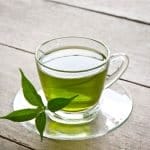

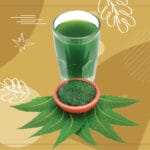









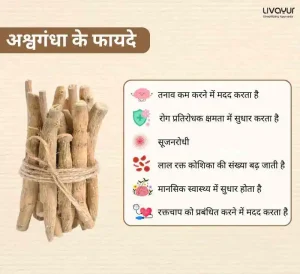
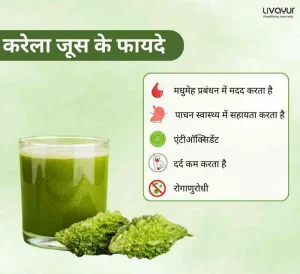
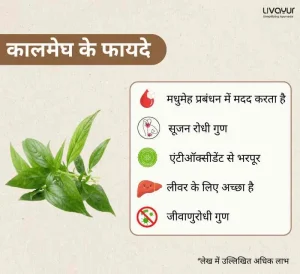
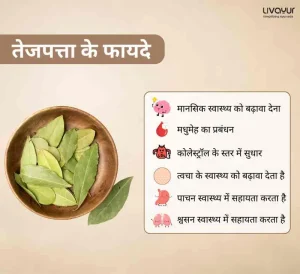
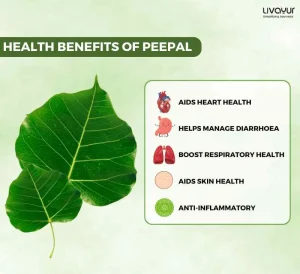







2 Comments